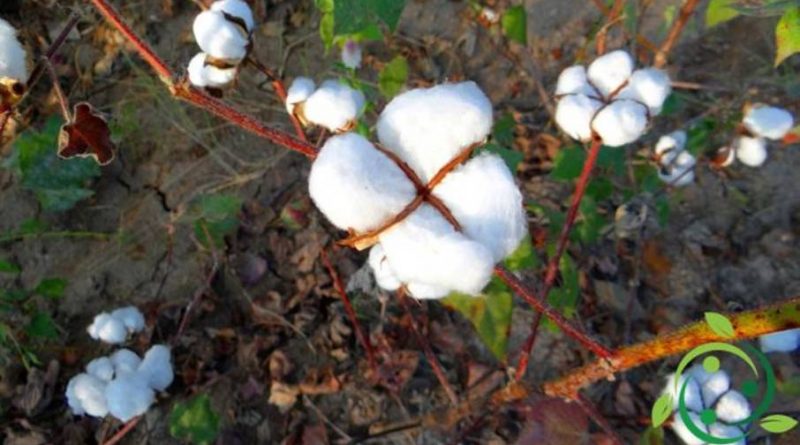How to grow cotton
How to grow cotton
Cotton (Gossypium L., 1753) is a shrubby plant of the Malvaceae family, native to the Indian subcontinent and the tropical and subtropical regions of Africa and the Americas. Its importation into Europe was operated by the Arabs. Among the different species of cotton you can consult here the Gossypium herbaceum.
In this sheet we will see how to grow cotton, a cultivation that has seen alternating events and that instead, reconsidered in a criterion of agro ecology and enrichment of the biodiversity of the farm can be very interesting. Among other things, cotton, in addition to being one of the most cultivated plants for textile use, is also a beautiful ornamental plant; in fact reaching a height of 150 cm, make it ideal for creating hedges or colored flowerbeds. At the end of summer, the fruit of cotton opens up showing the showy tufts of very decorative white cotton wool.
For the cultivation of cotton it is necessary to choose very sunny positions with a sixth of 50-60 cm between one plant and another.
The cotton, being an annual plant, should be implanted towards the second half of April, especially in Northern Italy, when the late frosts are averted. You can prepare seedbeds at the end of February – beginning of March in glazed boxes and then operate the transplant in the appropriate period. Cotton (in productive cultivation) should be put in rotation to vegetable crops for which conspicuous organic fertilizers (mature manure, compost, etc.) have been used; in these conditions it does not need any fertilization. If it is cultivated obviously for ornamental purposes obviously a good fertilization with organic substance should be made. If you choose the cotton sowing in open field, it should be made a processing not very deep (about 20 cm is enough) but well refined, then you must use a larger amount of seed given the not very high germination of these.
As for the soil, cotton is very adaptable, but suffers in soils with too much water or too dry water. It also resists quite well to the salinity of the soil.
Cotton is a plant that adapts to semi-arid climatic conditions; it grows using soil moisture and in normal weather conditions. If instead a little rainy winter also follows a very dry month of May, it will be necessary to carry out rescue irrigations.
When cotton is cultivated at the hobby or family level, it is used almost exclusively for ornamental purposes, as to obtain an income large surfaces and equipment would be needed, as well as much more in-depth knowledge. It should also be remembered that useful products can also be obtained from cotton seeds; in fact, they produce an oil used in the production of soaps.
Cultivations of cotton for productive purposes can be subjected to the attack of insects that destroy the flower, thus drastically reducing the production of fiber. In this sense it is necessary to have specific entomological skills to implement biological or integrated control plans or to implement possible associations (in rows that remain mechanized). In a family vegetable garden, however, given the exclusively hobbyist interest of the crop, antiparasitic interventions are not recommended and it can be limited to the manual elimination of any pests.

